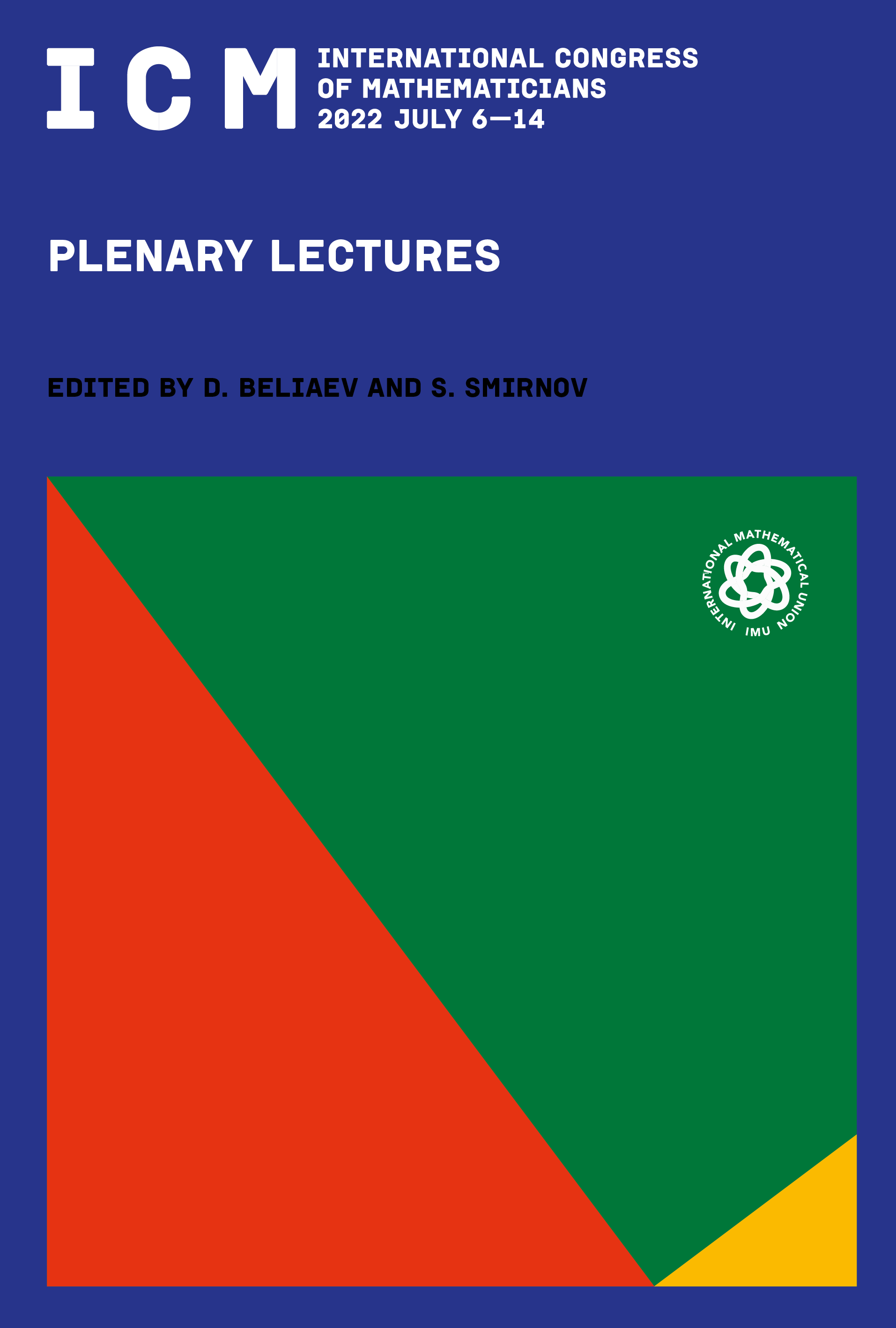What is a random surface?
Scott Sheffield
77 Mass. Ave., Cambridge, MA, USA

This book chapter is published open access.
Abstract
Given unit equilateral triangles, there are finitely many ways to glue each edge to a partner. We obtain a random sphere-homeomorphic surface by sampling uniformly from the gluings that produce a topological sphere. As , these random surfaces (appropriately scaled) converge in law. The limit is a “canonical” sphere-homeomorphic random surface, much the way Brownian motion is a canonical random path.
Depending on how the surface space and convergence topology are specified, the limit is the Brownian sphere, the peanosphere, the pure Liouville quantum gravity sphere, or a certain conformal field theory. All of these objects have concise definitions, and are all in some sense equivalent, but the equivalence is highly nontrivial, building on hundreds of math and physics papers over the past half-century.
More generally, the “continuum random surface embedded in -dimensional Euclidean space” makes a kind of sense for even when is not a positive integer; and this can be extended to higher genus surfaces, surfaces with boundary, and surfaces with marked points or other decoration.
These constructions have deep roots in both mathematics and physics, drawing from classical graph theory, complex analysis, probability, and representation theory, as well as string theory, planar statistical physics, random matrix theory, and a simple model for two-dimensional quantum gravity.
We present here an informal, colloquium-level overview of the subject, which we hope will be accessible to both newcomers and experts. We aim to answer, as cleanly as possible, the fundamental question. What is a random surface?